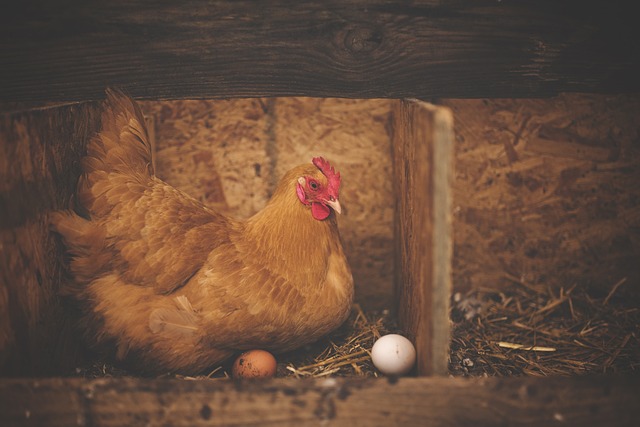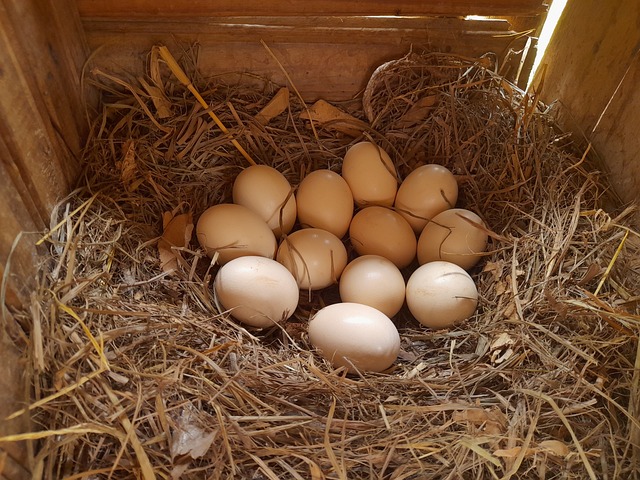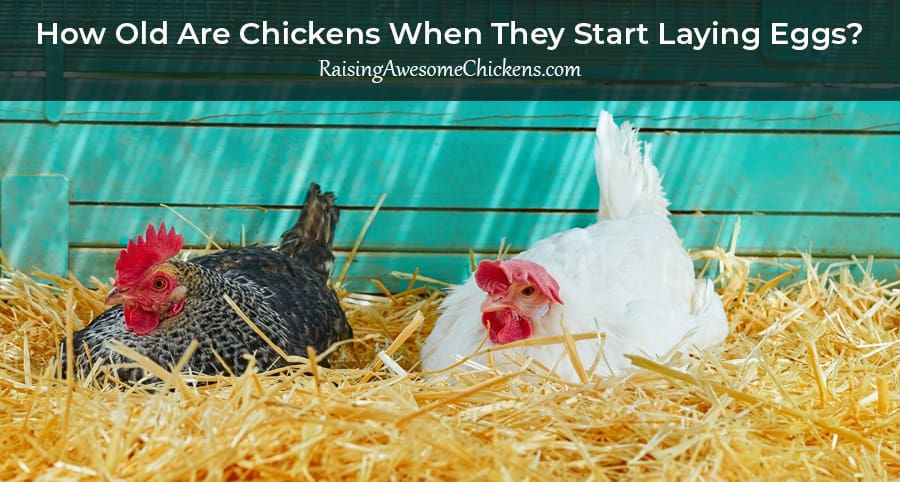Last Updated on February 14, 2024 by AwesomeChickens

Determining the number of chicken nesting boxes needed per chicken ensures a comfortable and stress-free environment. As a general guideline, providing one nesting box for every four to five hens is recommended. This ratio helps prevent overcrowding and competition for nesting space. Additionally, it’s essential to consider the hens’ preferences, as some may prefer particular boxes over others. Consistently monitoring the flock’s behavior and adjusting the number of nesting boxes accordingly contribute to a harmonious and productive laying environment for backyard chickens.

To determine the optimal number of nesting boxes for your flock, use the following formula:
Number of Nesting Boxes = (Number of Hens ÷ 4) + 1
For a flock of:
6 Chickens:
- Nesting Boxes Needed: (6 ÷ 4) + 1 = 2.5 (Round up to 3 nesting boxes)
8 Chickens:
- Nesting Boxes Needed: (8 ÷ 4) + 1 = 3 (Round up to 3 nesting boxes)
- Nesting Boxes Needed: (10 ÷ 4) + 1 = 3.5 (Round up to 4 nesting boxes)
12 Chickens:
- Nesting Boxes Needed: (12 ÷ 4) + 1 = 4 (Round up to 4 nesting boxes)
This formula ensures that each hen has sufficient space while accounting for potential preferences among the flock. Providing the right number of nesting boxes encourages a stress-free environment, contributing to consistent egg-laying and overall flock well-being.

Once you’ve determined the appropriate number of nesting boxes for your chicken flock, the next crucial step is ensuring these boxes meet essential criteria for safety, cleanliness, and proper sizing within the coop. Safety is paramount; nesting boxes should be securely fastened to prevent accidents or injury. Maintaining cleanliness is vital to promote optimal egg hygiene and discourage pests. Furthermore, providing appropriately sized nesting boxes helps accommodate the comfort and preferences of your hens, ultimately contributing to a stress-free laying environment. Regular monitoring and maintenance of these boxes are essential for your backyard chicken coop’s overall well-being and productivity.








